They have been going on for centuries! These are Alipasha’s springs near Gusinje
In the far north of Montenegro, where the rocky peaks of the Prokletije Mountains descend sharply into the Gusinje valley, a spring emerges from the ground that has flowed uninterrupted for centuries. Right at that transition between harsh mountain heights and a quiet karst plateau lie Ali Pasha’s Springs. This is one of those places where nature does not need to put on a spectacle to take your breath away. At an elevation of about 925 meters, water from more than 25 individual springs rises from the earth, forms the Vruja stream, and flows on toward the Vermoš River, eventually joining the Lim.
Prokletije, also known as the Accursed Mountains or Albanian Alps, the most dramatic mountain massif in the Balkans, is not far away. They rise above everything, behind every view and behind every breath. Their cold power, the snow that melts late into the year, and their glacial formations create a unique microclimate where the spring water maintains a constant temperature of around 6 degrees Celsius all year round.
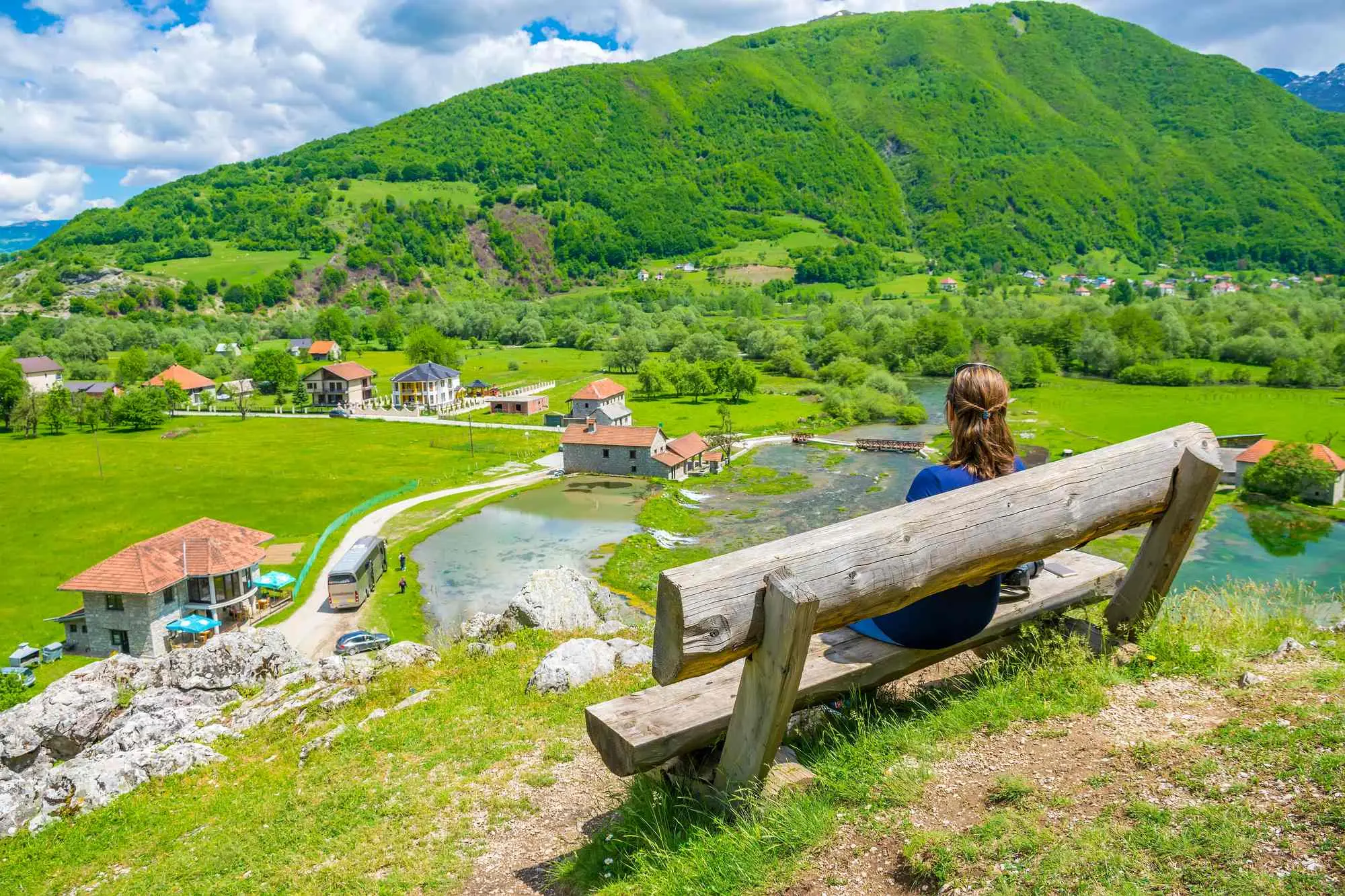
Alipasha Springs, Photo: master78 Depositphotos
A place rooted in history
The name Ali Pasha’s Springs does not come from legend but from real history. Although it may remind some of the Ottoman ruler from Ioannina, it refers to a different Ali Pasha. These springs were named after Ali Pasha Šabanagaj, known as Ali Pasha of Gusinje, a military commander and local leader who led resistance in the late 19th century against the annexation of Plav and Gusinje to Montenegro after the Congress of Berlin. His home stood right next to the springs. He lived there, gathered people, engaged in politics, and believed the water flowing from this land belonged to those who defended it. The name remained because it made sense that a place of memory would be named after a man who never forgot it.
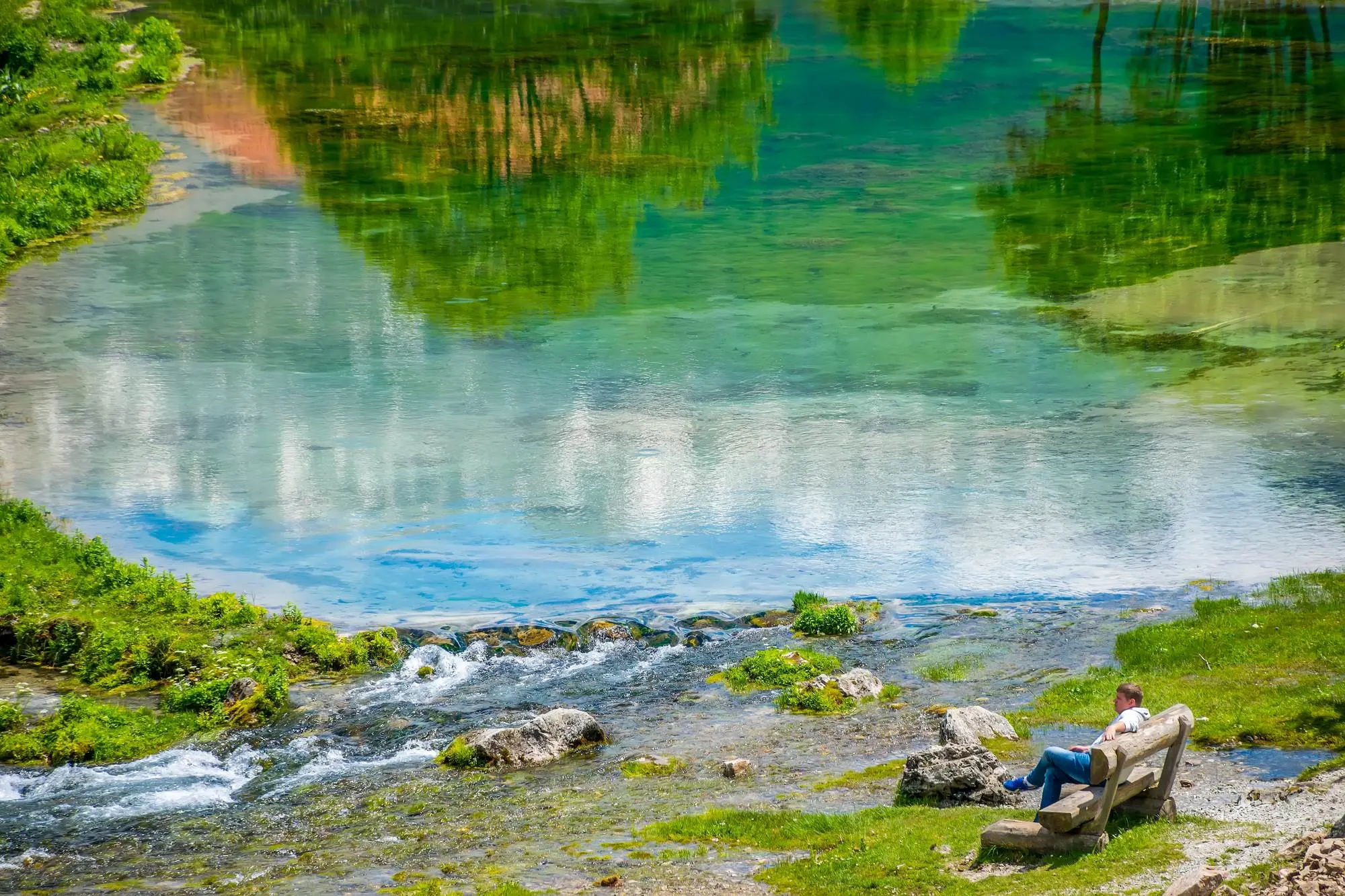
Alipasha Springs, Photo: master78 Depositphotos
A landscape shaped by water
Ali Pasha’s Springs are not a loud tourist attraction. They exist without the need for promotion. The surface from which the water emerges covers more than 300 square meters, and the flow rate varies between 2.5 and 8 cubic meters per second. The water is clean, cold, and steady. Its temperature remains between 5.6 and 6.6 degrees Celsius year-round.
Vruja, the stream that flows from the springs, is short but reliable. After just a few hundred meters, it flows into the Vermoš River. The water rises directly from karst terrain at the foot of the Prokletije and flows continuously, regardless of season.
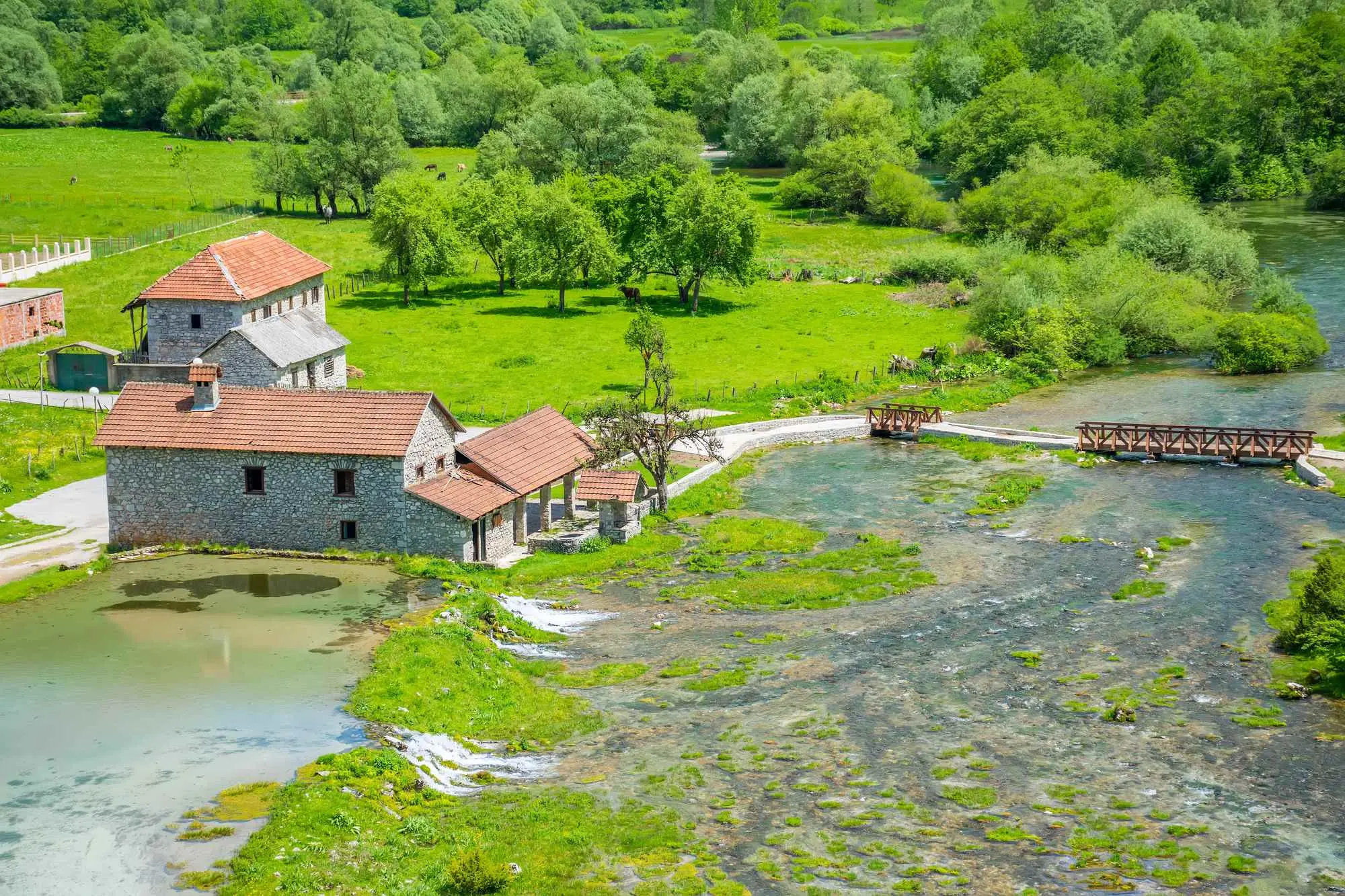
Alipasha Springs, Photo: master78 Depositphotos
How to get there and when to visit
Ali Pasha’s Springs are easy to reach. A road leads from the center of Gusinje toward the village of Vusanje, followed by a short walk through natural surroundings. The springs are located about 1.5 kilometers from town, yet once you arrive, it feels like you’re far from everything. Visitors will find only a few benches and a small wooden bridge. The area is quiet, natural, and simple, especially in the early morning when you can hear only the water and sounds of the surroundings.
The best time to visit is between May and September, when the nature around Gusinje is in full bloom. The rivers are full, the air is fresh, and the mountain peaks are clearly visible. The site becomes particularly lively in August on the feast of St. Elijah (Ilindan), when locals and many people from the diaspora gather around the spring.
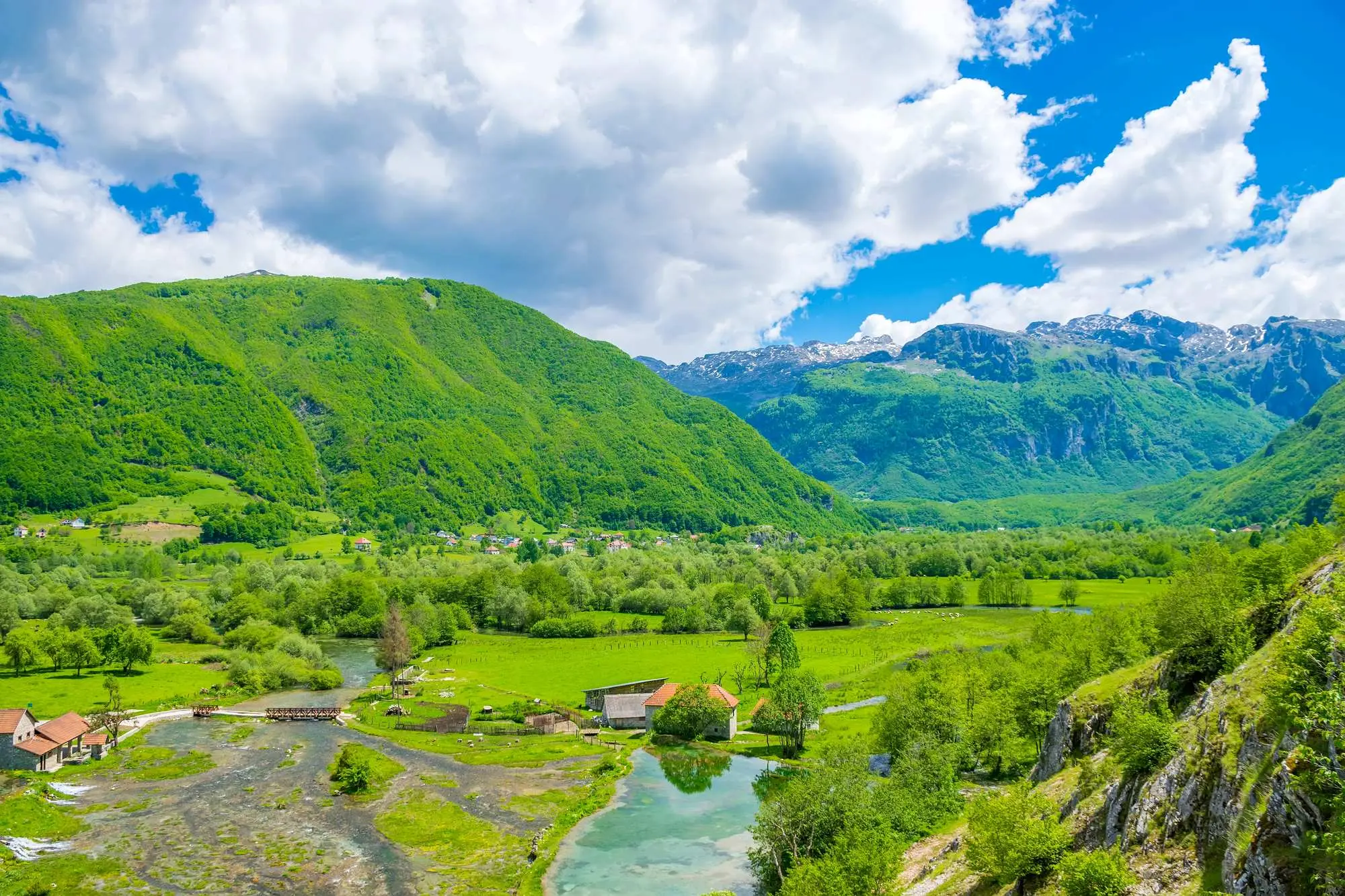
Alipasha Springs, Photo: master78 Depositphotos
Nearby natural sights worth visiting
Those who reach the springs often choose to continue their walk. Nearby is the Eye of Skakavica, a turquoise lake nestled among rocks. A few kilometers further on is the Grlja Waterfall, where the river crashes down into a rocky canyon, creating mist and roar, especially in spring when the snow melts from the mountains. These two natural gems, along with the springs, make for a complete and rewarding day trip.
Ali Pasha’s Springs are not a major tourist center, but they are a valuable natural site that continues to attract visitors thanks to their authenticity, clean water, and location at the foot of the Prokletije. A visit here requires no particular plan or equipment, but it leaves a lasting impression. Those who come once usually return.

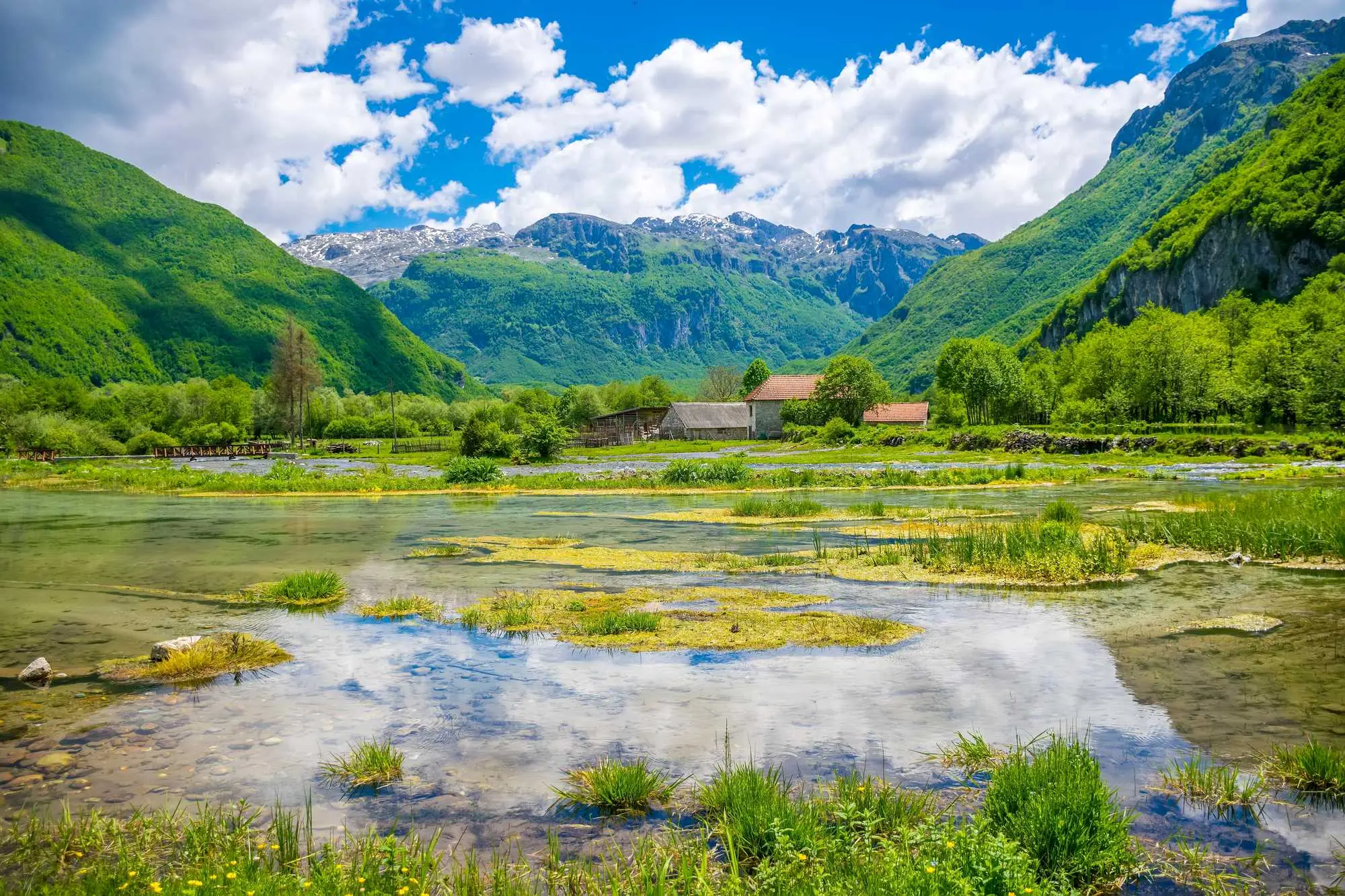
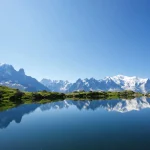

Leave a Reply